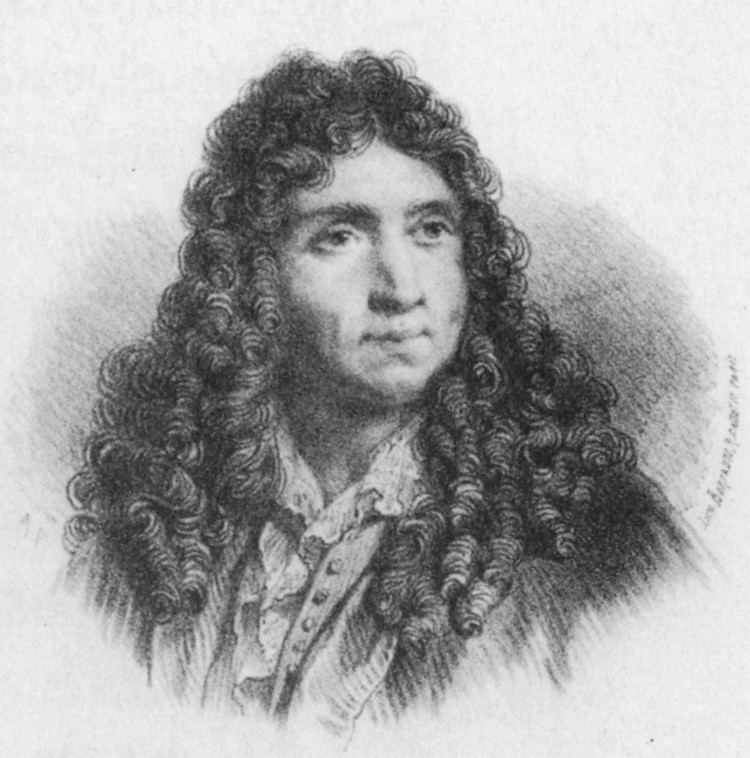Name Pierre Beauchamp Role Composer | ||
 | ||
Similar People Jean‑Baptiste Lully, Louis XIV of France, Moliere, Nicolas Fouquet, John Gay | ||
Canadian Olympic Short Track Speed Skating and Biofeedback
Les Facheux by Pierre Beauchamps, performed by the Oregon Guitar Trio
Pierre Beauchamp (also Beauchamps, called "Charles" or Charles-Louis Beauchamp) (30 October 1631 – February 1705) was a French choreographer, dancer and composer, and the probable inventor of Beauchamp-Feuillet notation.
Contents
- Canadian Olympic Short Track Speed Skating and Biofeedback
- Les Facheux by Pierre Beauchamps performed by the Oregon Guitar Trio
- Biography
- With Molire and Lully
- Original Choreography for Pierre Perrin
- Choreography with Lully
- References
Biography
Pierre Beauchamp was born at Versailles (Yvelines), into a family of French "dance masters" (maîtres de danse). He débuted at the court of Louis XIV at age 12, in 1648, in the Ballet du dérèglement des passions. He was made director of the Académie Royale de Danse in 1671 (although he was not a founding member of the Académie as is often claimed). Beauchamp was principal choreographer to Molière's acting company (the Troupe du Roy) during 1664-1673, as well as ballet master at the Académie Royale de Musique and Compositeur des Ballets du Roi. He also gave dance lessons to Louis XIV for over twenty-two years. In these positions, he was highly influential in the development of French baroque dance. He continued to choreograph and dance at the Court of Versailles after the death of Jean-Baptiste Lully in 1687; however, choreography and composition of music and ballets for the Jesuit Colleges became his primary occupation from 1697. He died at Paris in 1705.
Writing some years after the actual events, Pierre Rameau credits Beauchamp with the codification of the five positions of the feet in classical ballet, as well as a role in the development of the use of arms (note though that, unlike the positions of the feet, the use of arms in baroque dance differs significantly from their use in ballet). The codification method was printed in 1700 by Raoul-Auger Feuillet, who published notated dance scores, and became known as "Beauchamp-Feuillet notation." It was slightly modified by Pierre Rameau in 1725, but continued to be used to record dances for the stage and for domestic use throughout the eighteenth century.
Two choreographies survive in manuscript copies with attributions to Beauchamp: the ballroom duet Rigaudons de Mr Bauchand, and the theatrical solo for a man Sarabande de Mr. de Beauchamp. The sarabande is unusual amongst the surviving male solos because, although it requires a virtuoso technique with its pirouettes and many ornamented steps, it contains no aerial beaten steps.
